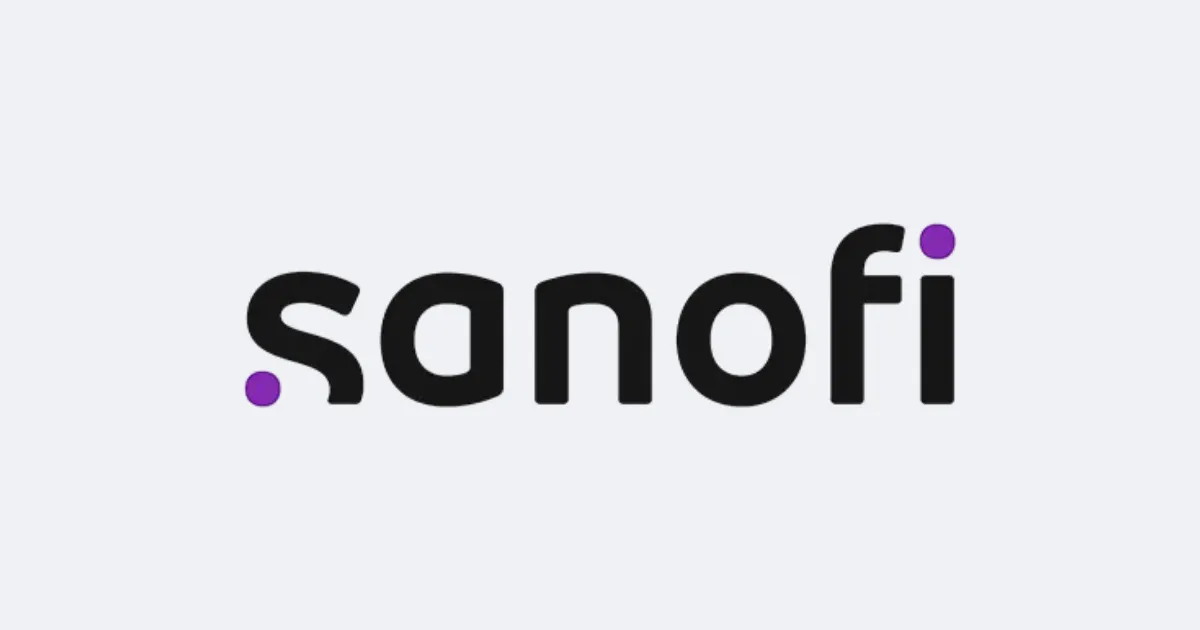DENVER — A new report from CoBank warns that rising tariffs and growing unease over U.S. trade policy are compounding fears of an economic slowdown, despite current indicators suggesting the economy remains relatively stable. According to the latest CoBank Quarterly, falling consumer and business confidence could soon translate into weaker spending, tighter profit margins, and slower economic growth.
The report, issued by CoBank’s Knowledge Exchange, highlights a significant drop in economic sentiment over the past few months, driven by growing concerns about inflation, personal income, and labor market conditions. While employment and spending data have held steady so far, the full effects of worsening sentiment may emerge by mid-year.
“Not including the brief pandemic-related recession, which was overwhelmed by massive government stimulus, the previous three U.S. recessions in 1990, 2000 and 2007 were all forewarned by weakening sentiment that led to a steep decline in consumer spending,” said Rob Fox, director of CoBank’s Knowledge Exchange. “The next set of hard data from reports on retail sales and consumer spending should begin to provide some guidance as to which way the economy is heading.”
Despite a 90-day partial reprieve, the new tariff regime remains likely to increase inflation and cut economic growth, Fox added. “While the severity of the near-term effects is up for debate, the longer-term impact of capricious U.S. trade policy is the likely loss of trust abroad in U.S. policymaking, something that will be very hard to regain.”
Tariffs, a key policy move by the Trump administration, are at the heart of rising inflation risks. Though a 90-day reprieve has delayed some impacts, the broader tariff regime is already weakening trust among global trade partners. Fox cautioned that the unpredictability of U.S. trade strategy threatens long-term investment and could undermine efforts to boost domestic manufacturing.
Meanwhile, Congress has yet to respond to the administration’s tariff push. As equity and commodity markets soften, the report notes that Americans are growing impatient for action on broader economic priorities, including tax law extensions, immigration reform, and the Farm Bill.
Food and beverage companies are dialing back earnings expectations as consumers cut grocery spending. With over 80% of consumers expecting tariffs to raise prices, manufacturers are focusing on efficiency and value. Private label sales are expected to grow further.
Tariff and trade uncertainty have already rippled through agricultural markets. Corn, soybean, and wheat prices slipped last quarter despite a weaker dollar. Wheat was hit hardest as global buyers turned to alternative exporters. Corn remains the most promising crop for U.S. farmers, who plan to plant the largest acreage since 2013.
While beef producers are seeing record-high prices amid ongoing herd liquidation, margins for meatpackers remain tight. Pork prices are climbing, buoyed by export growth and domestic demand. Broiler chicken producers are optimistic thanks to strong prices and low inventories, while consumers are turning to white meat as beef prices soar.
In dairy, export uncertainty with top markets like Mexico, Canada, and China is dragging futures lower. Still, lower feed costs offer some relief to producers.
U.S. rice exports remain strong, but Indian competition and trade concerns could slow demand. Despite a tight global sugar supply, a large U.S. harvest is capping price gains.
Surging demand and supply chain tariffs are driving electricity costs higher in power and infrastructure. The U.S. grid urgently needs investment, but rising import costs complicate upgrades.
For more insights and sector-by-sector analysis, read the full CoBank Quarterly and visit CoBank's website.







